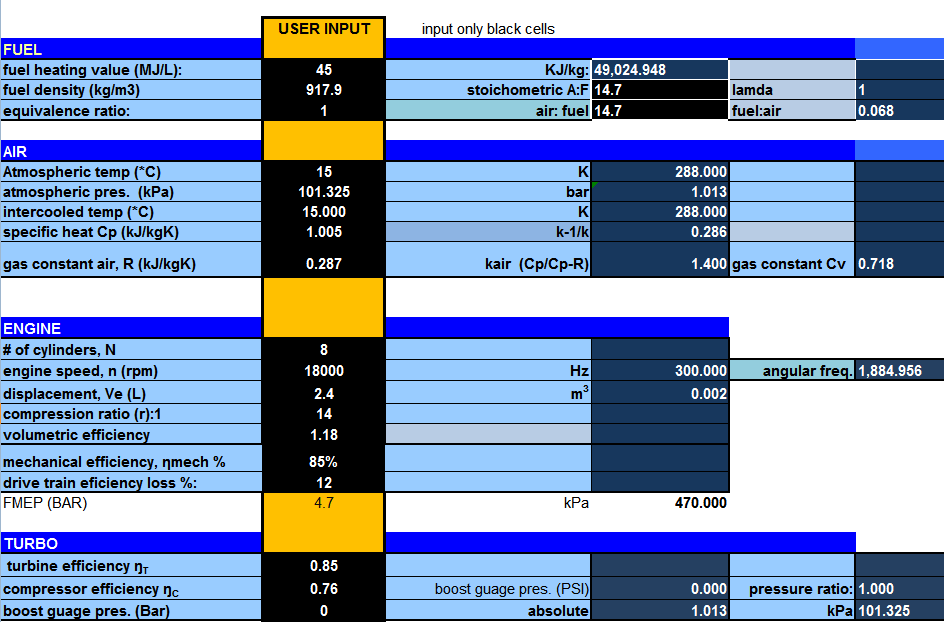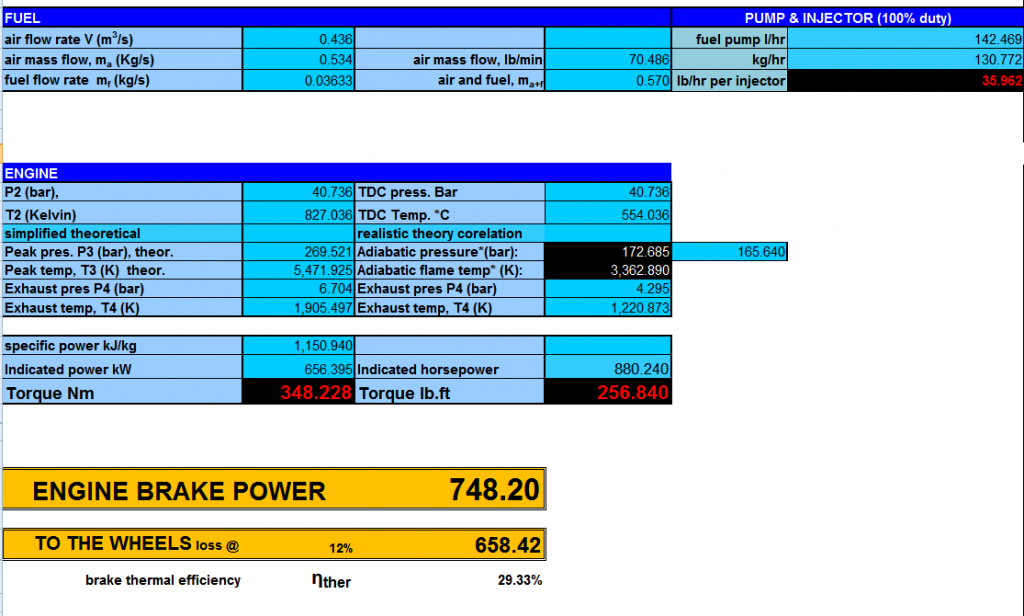Well you don't have to, perhaps myself and TC can manage on our own?WhiteBlue wrote: ...
I would not like to speculate about higher caloric fuel values in this thread.
...
This is the interesting part TC, the difference between 46 and 48.5 MJ/kg at the flywheel with 35% efficiency is 33 Hp.Tommy Cookers wrote:sources apparently at least as reliable as yours show 47 and even 48.5 MJ (this seasonally)
ERC will sell you A-19A at 47 MJ quite cheaply
please feel free to e mail the numerous other manufacturers of race gasoline
and use Google
gasoline is a mix of hundreds of constituents with selection driven by economics ie minimal
if you pay people $1000/litre they can do some real cherry picking
how could this not be gainful ?
Also what I tried to say earlier on this thread, I'm certain that the lab-rats at Total and Shell is very busy at the moment.




